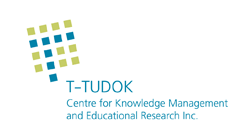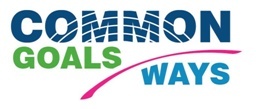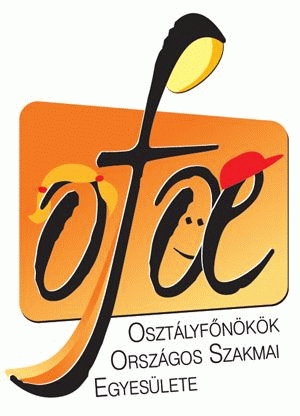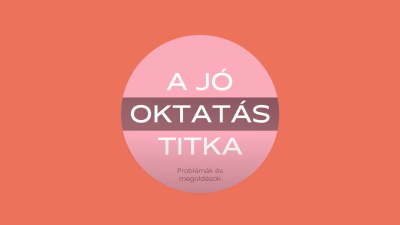INVESTING IN CHILDREN'S SERVICES, IMPROVING OUTCOMES
ESN 3-year project ‘Investing in Children’s services, improving outcomes’ came to an end with the publication of a study, which is the outcome of 3 years of work with child welfare agencies, children’s services directors and providers across 14 European countries (Belgium, Bulgaria, France, Germany, Hungary, Ireland, Italy, the Netherlands, Poland, Portugal, Romania, Spain, Sweden and the United Kingdom). Together, we have worked on assessing how the principles of the European Commission’s Recommendation ‘Investing in children: breaking the cycle of disadvantage’ (are implemented in practice, specifically those on quality services.
Lannert Judit of T-Tudok Inc. was one of the two Hungarian experts contributing to the report.
Structures of Education and Training Systems in Europe
The law on Public Education ensures the right to minority education and the right to be educated in the mother tongue. The National Core Curriculum recognizes five main types of programs for teaching minorities: instruction in the minority language (mother tongue program), bilingual education,
Capacity Building in Preparation for the Hungarian Presidency of EU
In 2009 we mapped the knowledge and attitude of experts from ministries, background institutions, teachers and students in connection with the coming 2011 EU Presidency of Hungary. One of the goals was to explore the capacities of ministry officials and measure the knowledge of teachers and students about the EU.
National Report on the Achievements of the Education and Training 2010 Work Programme (2009)
The project aimed to compile a mid-term National Report on Hungarian development directions and achievements with respect to prescribed standards received from the EU. As a result of this project the official Hungarian report was delivered to the Commission covering our findings according to the given standards.
Comparative Evaluation of applying the Open Method of Coordination in Austria, Czech Republic, Slovakia and Hungary
In the field of education and training the Open Method of Coordination (OMC) is used as a policy instrument and approach to coordination in the European Union. The OMC was codified at the Lisbon summit of the European Council (2000) and was included in the Lisbon Conclusions (European Council 2000: §38), explicitly identifying it as a form of governance. According to the conclusions the method involves: 1.) Fixing guidelines for the Union combined with specific timetables for achieving the goals which the Member States set in the short, medium and long terms; 2.) Establishing, where appropriate, quantitative and qualitative indicators and benchmarks against the best in the world and tailored to the needs of different Member States and sectors as a means of comparing best practice; 3.) Translating these European guidelines into national and regional policies by setting specific targets and adopting measures, taking into account national and regional differences; 4.) Periodic monitoring, evaluation and peer review organised as mutual learning processes.






